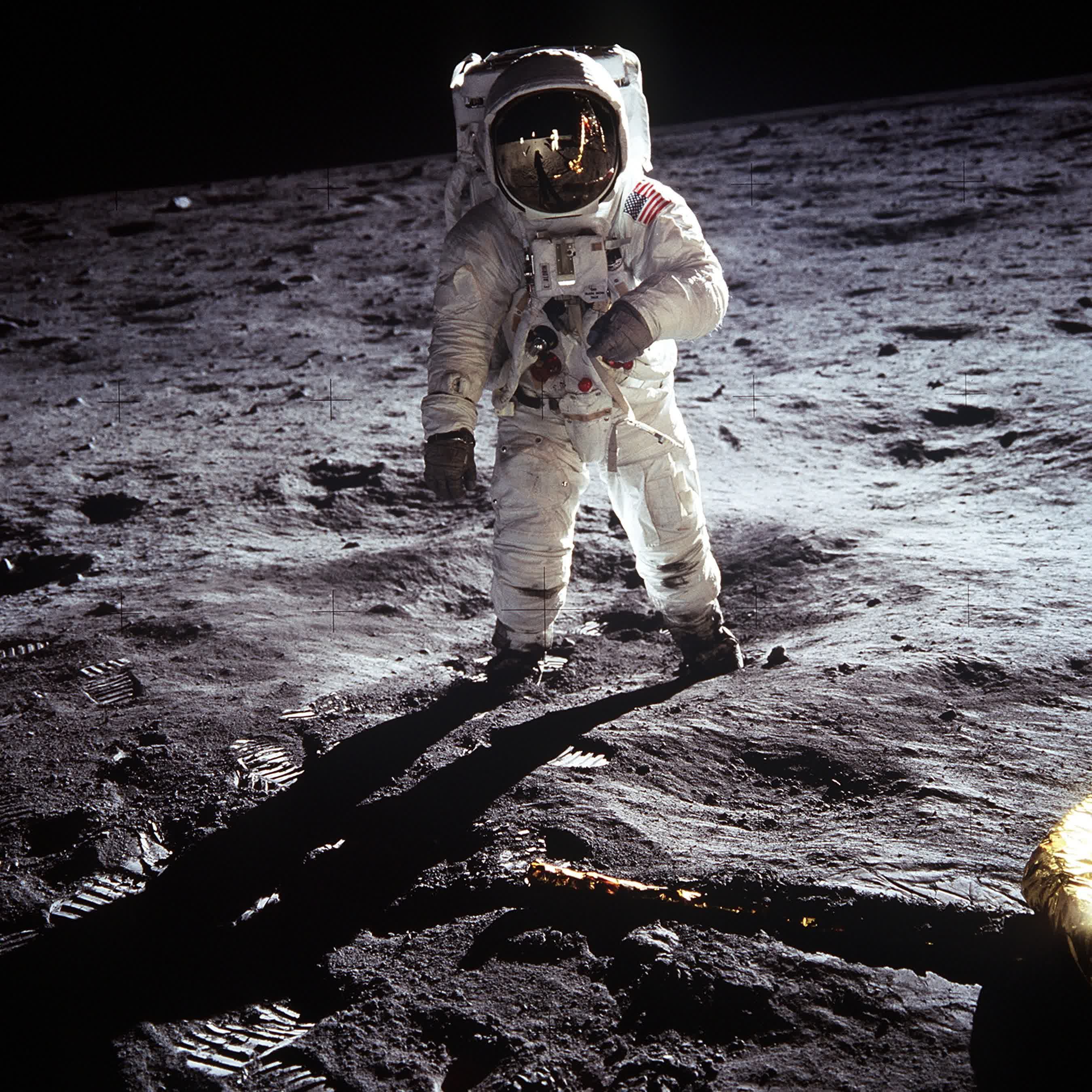NASA delays crewed Moon landing to 'no earlier than 2025'
Why it matters: NASA has provided the commencement major update to its Artemis program under the Biden administration, and information technology's non what most would consider good news. Fortunately, we yet have another major milestone to look frontwards to next month with the launch of the James Webb Space Telescope.
NASA Administrator Nib Nelson said returning to the Moon equally quickly and safely every bit possible is an agency priority. "However, with the recent lawsuit and other factors, the first human landing under Artemis is likely no before than 2025," he added.
NASA before this year awarded SpaceX a contract to develop a lunar lander for Artemis, the agency's spaceflight program tasked with returning humans to the Moon. The selection didn't sit down well with rival Blue Origin, which decided to sue NASA over the decision.
A judge dismissed the lawsuit last week, simply not before it put NASA near seven months backside schedule.
NASA also said the Trump Administration'due south landing goal of 2024 was not technically feasible.

Artemis I is to be an uncrewed test of the Space Launch System (SLS) and Orion spacecraft. Artemis 2 will follow as a crewed test flight around the Moon, taking humans farther into space than e'er earlier – approximately 40,000 miles past the Moon. Artemis Three is the crewed lunar landing mission referenced above.
In the interim, infinite enthusiasts have the launch of the James Webb Infinite Telescope to look forward to. The oft-delayed space observatory recently completed its trip from California to the Guiana Infinite Centre in French Guiana, and is scheduled for launch on December 18, 2022.
Prototype credit NASA, Pixabay
Source: https://www.techspot.com/news/92166-nasa-delays-crewed-moon-landing-no-earlier-than.html
Posted by: thompsonthencerest70.blogspot.com


0 Response to "NASA delays crewed Moon landing to 'no earlier than 2025'"
Post a Comment